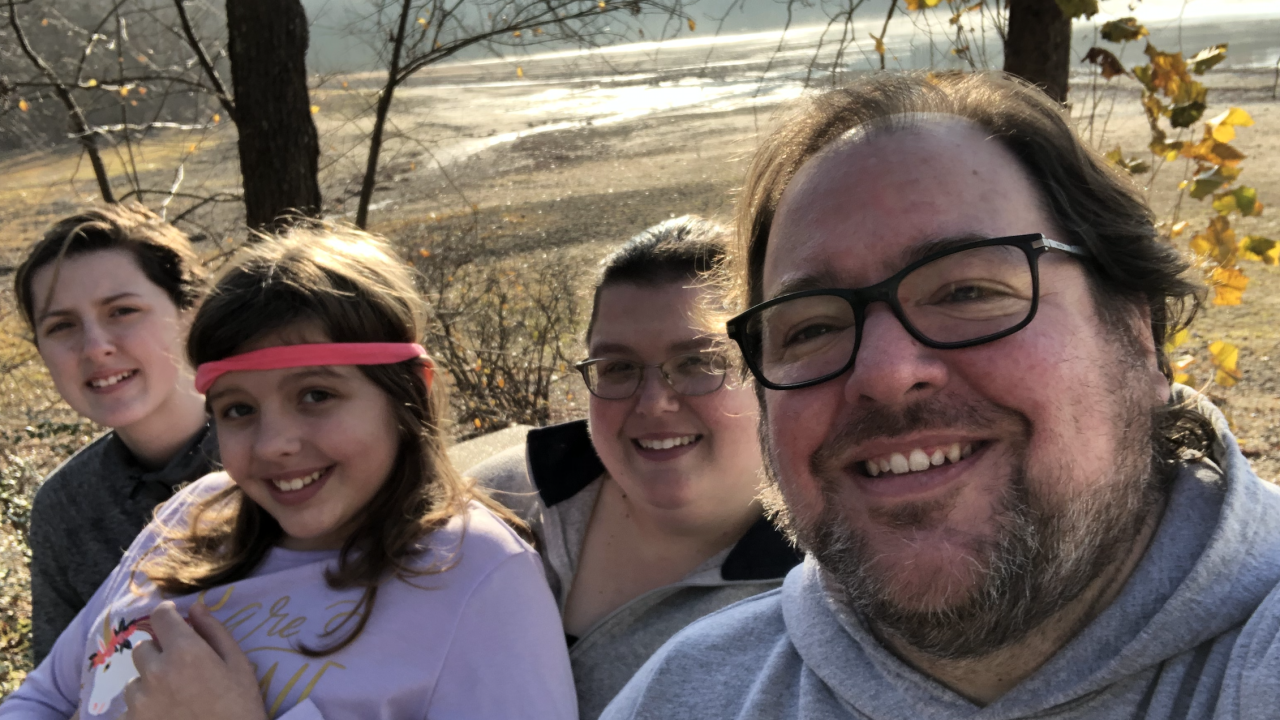Halloween can be overwhelming for children with autism. So, as the holiday approaches, families who have kids with the disorder are starting to prepare.
“Michaela, my oldest, she’s into anime and she is dressing up as one of those characters. Melanie, she’s going to be a princess, naturally,” said Kelli Higgins, executive director for Autism Community Connection, a nonprofit based in Johnson County, Indiana, serving people with autism and their families.
The costumes are ready and both of Higgins’ daughters who have autism are gearing up for Halloween. It’s a time of year that can be overwhelming for children with autism with different decorations in people’s yards, some even scary.
“Another thing that could be hard for them or be overwhelmed with is the noises of certain decorations that pop out at you to scare you. It’s sometimes the unknown of what’s going to happen that could be kind of hard for individuals. And even some smells,” Higgins added.
“One of the symptoms of autism is feeling that sensory overload that comes with loud noises, large crowds, any situation where they may have to socialize in a large group setting,” said Mikaela Malott, a representative for Hopebridge Autism Therapy Centers.
Higgins said what works for her is, “Get the costumes early and start practicing wearing the costumes. Also, some costumes can be more confined, itchy, and that way you figure out a lot sooner so that you can adjust it to make it easier for them when you go out with family and friends.”
And perhaps read stories, she suggests, that explain Halloween and the process of trick-or-treating and try role-playing.
“Practice at home giving and receiving treats within your buckets and baskets or bags that you have,” Higgins said. “That could be very helpful for the understanding and have a successful Halloween and trick-or-treating.”
The Hopebridge Autism Therapy Centers in Indiana practice this socialization with their families and are encouraging communities to be aware of the challenges of folks with autism and to be more inclusive this holiday.
“Just being understanding if they’re not wearing a costume,” said Malott. “Not all children will be wearing a costume because of some of those sensory challenges. And also, be understanding if they don’t say trick-or-treat or if they don’t say please or don’t say thank you.”
“They might not say anything,” said Higgins. “Just offer them the treats that you have and just be mindful if they’re grabbing for a lot of treats at the same time, they might not understand to take one or two. Just to be kind, be understanding and accepting of anybody who’s coming to your door. Even teenagers who come to your door. Just be understanding that they’re out and they’re wanting to just have fun.”
Trunk-or-treats are also a good way to practice trick-or-treating for children with autism.




